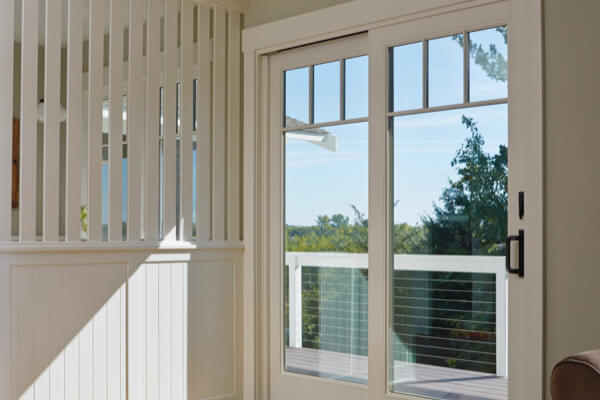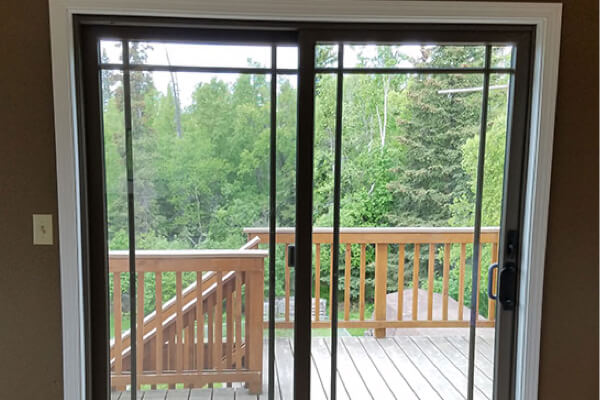
Many of us have kids at home with far fewer activities than they have had in the past. The scientists at Andersen want to help you this summer by sharing fun experiments your kids can do at home.
Today is the launch of the new “Summer Science” web series, sponsored by the cross-enterprise STEM (Science, Technology, Engineering, Math) Steering Committee. The weekly series will allow kids of all ages to stay engaged with science over the summer with hands-on activities.
Volunteers from across Andersen’s RD&I will be creating the bulk of the content, with additional videos being contributed from other Andersen departments across the enterprise. All of the experiments are activities kids can do with common household items, although some may need the help of a parent.
SEE THE ATTACHED INSTRUCTIONS TO GET STARTED WITH YOUR KIDS!

Says Renewal’s Director of RD&I, Katherine Graham, “There will be a wide variety of topics including chemistry, design, mechanical engineering, and physics…to name just a few! These are projects that all ages and skill levels should be able to enjoy and learn from—younger kids can do the basic experiment; older ones can use it as a starting point to play around with the materials to create different outcomes—they can guess what will happen first, then try it out to continue learning in a fun way.”
STEM skills are critical skills for the employment force of the future—and of course, they are the foundation for research and innovation. Access to fun and intriguing activities like those in Summer Science can play a key role in encouraging kids to explore their interests in those areas.
Given that it is summer break—without a lot of summer’s normal activities, coupled with some of the limitations on lab work because of homeschooling, now is the ideal time for the series to launch, continues Graham. “We noticed that virtual learning experiences in science for kids were limited over the past couple of months due to online education. Many school districts were hesitant to require hands-on experimentation. Of course, not all programs were like this, but we saw an opportunity to offer some science content at home that we thought would allow kids to stay engaged with science over the summer.”










